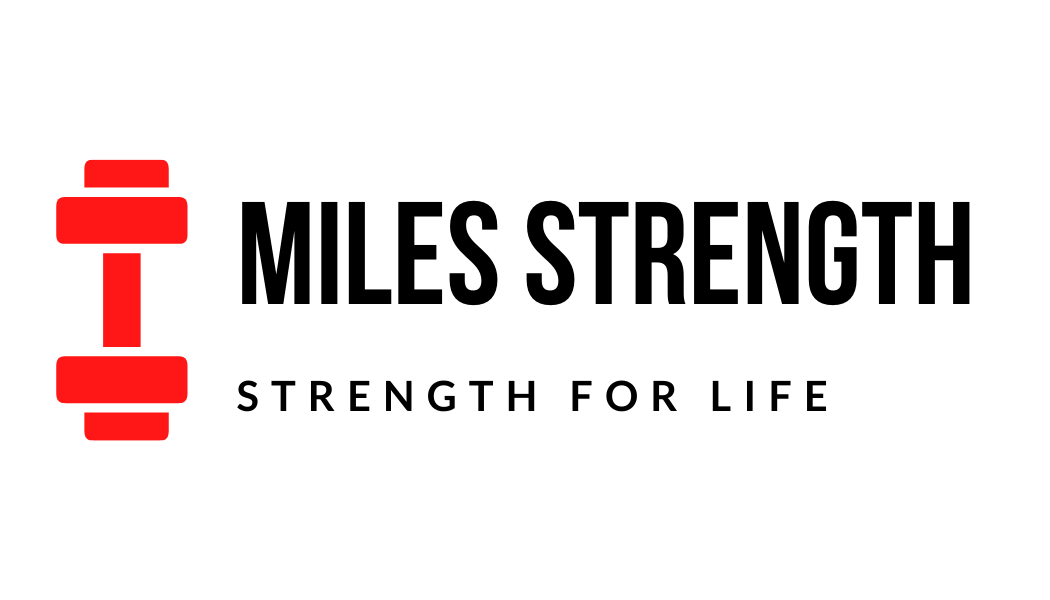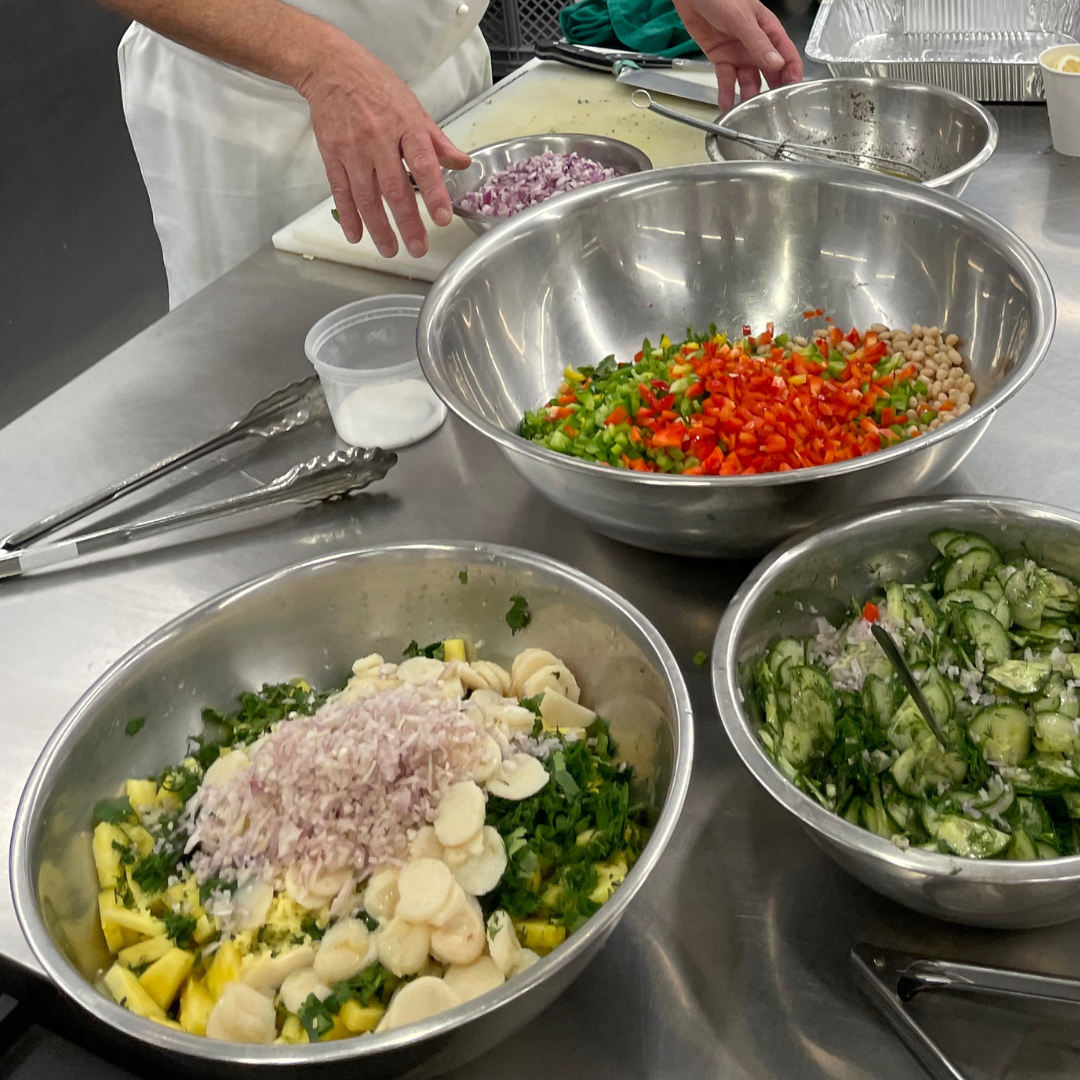A lot has been said about the benefits of increased fibre intake. To give you the Cliffnotes (or Sparknotes, depending on where you’re from), here they are:
Keeping you fuller longer
Lowers cholesterol and regulates blood pressure
Improves gut health
Reduced disease risk
Helps with weight management
When it comes to overall health, fibre is one nutrient that most people under-consume. And it is one that isn’t necessarily hard to improve. You just need to add a few small things into your diet.
With my clients, it is one of the top 3 priorities we work on to improve nutritional habits (just after calories and protein intake).
In this post, I will share with you my top 5 easy fibre sources.
1. Berries
Raspberries and blackberries are my absolute favourite fibre source. They give you about 8g of fibre per cup each.
They taste good and they go well with a lot of things - yogurt, smoothies, and are great on their own!
While blueberries and strawberries give you some fibre, they don’t give you as much as the other two at 4g/cup and 3g/cup, respectively. I’ve specifically grouped these separate from other fruits as they are a fibre powerhouse.
Not to mention, you can eat them fresh or buy them frozen for longer storage.
Berries with Greek yogurt and protein powder are one of my go-to protein-fibre combinations
2. Avocados
I have to admit that I don’t eat these as much these days but they are one of the best sources of fibre (and healthy unsaturated fats!).
A medium sized avocado will give you about 10g of fibre (and 23g of fat). It mixes well with a lot of different food -
One caveat to eating avocados is the high calorie content (due to fat). If you eat one avocado a day, you’re probably fine. But it’s best to be aware of how much you eat outside of that as their tastiness makes it easy to overeat and thus go over on your calorie intake.
Also, in case you’re wondering why I don’t buy them much: I am terrible at timing when to eat them as they seem to only stay ripe for 1-2 days. Otherwise, who doesn’t love guac?!?
3. Oats
Oats will give you between 4-8g of fibre per serving depending on what kind (rolled versus steel-cut versus raw, with raw being highest). The less processed, the higher the fibre content.
Though they are higher in carbohydrates (which may concern some), they are one of the better carb sources in that they are nutritionally dense.
4. Popcorn
So far, most of the mentioned options have been easy-prep. But what about when you just want to hang on the couch at the end of a long day with your SO and watch an episode of the new Severance (or whatever the new hip show is when you’re reading this in the future)?
Easy - POPCORN. Air-popped, to be specific.
A bag of popcorn will give you about 425 calories and 5g of fibre. Beware of adding butter as that’ll increase calorie content considerably. Instead, opt to add spices or seasoning.
5. Fresh fruits and vegetables
Most people could benefit from increasing their fruit and vegetable intake for many reasons, fibre included, which is why I lumped this into one group.
Here are a few of my favourites:
Banana - 1 medium banana = ~27g of carbs, 3g of fibre
Pears - 1 medium pear = ~27g of carbs, 5g of fibre
Brussel sprouts - 1 cup = 11g carbs, 4g of fibre
BONUS: High fibre cereal
My personal favourite for getting more fibre is All Bran Buds. It’s a powerhouse for fibre first thing in the morning with 1/3 cup containing 13g of fibre (anything over 5g per serving is great). It’s easy to prep and hitting at least a third of my daily fibre goal before noon just makes things easier.
I left this out of the top 5 as people will rely on this solely for breakfast when they could benefit from something that has more protein, like a few eggs. Add the cereal option if you already have a regular protein source for breakfast.
Do you get enough fibre in your diet? If not, come join us on my free community for regular challenges to increase your fibre intake (among other challenges).

















